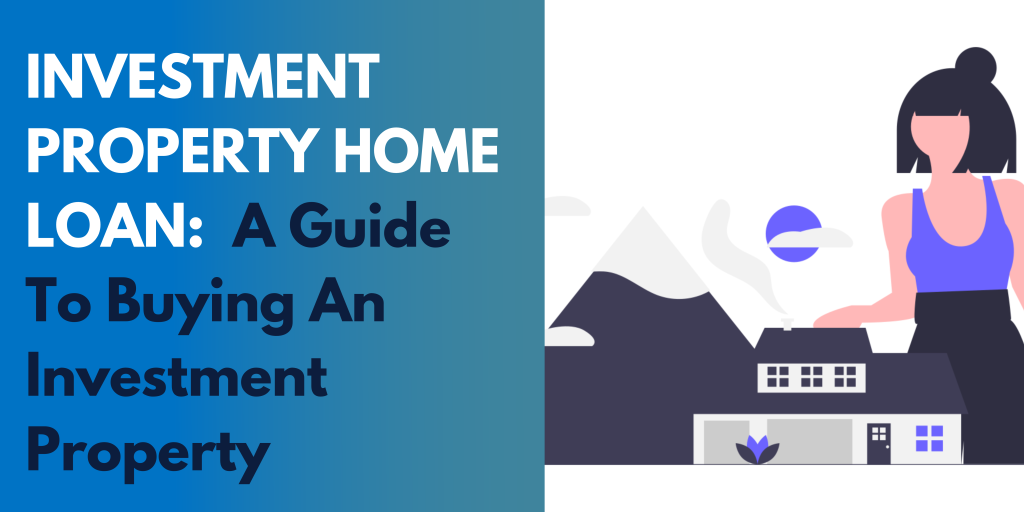If you’re looking for a powerful loan product to help purchase and rehabilitate an investment property, you may wonder if a 203k rehab loan is right for you. In this blog post, we’ll explore a 203k rehab loan, how it can be used for investment properties, and some pros and cons to consider before taking out this type of loan.
By the end of this post, you should better understand whether a 203k rehab loan is right for your next investment property purchase. Let’s get started!
An overview of what a 203k rehab loan is and how it can be used
A 203k rehab loan is a fantastic financing option for those looking to purchase or refinance a home and can make completing home repairs or improvements easier and less expensive. This type of loan allows you to combine the cost of your mortgage with needed renovations into a single, low-interest loan.
203k rehab loans can be used to repair or improve everything from plumbing, HVAC systems, roofing, and more — inside and outside the house. This way, you don’t have to pull down big chunks of cash out-of-pocket to fix up your home — you can finance it all at once as part of a single loan! In addition, these loans are backed by the Federal Housing Administration (FHA), which often comes with lower interest rates than other options available.
With so many benefits associated with 203k rehab loans, they are an unbeatable option for those eager to upgrade their homes.
The Eligibility Requirements For A 203k Loan
Are you looking for a home loan to start your rental properties projects? If so, you may have heard of 203k loans, but what do you know about them? The United States Department of Housing and Urban Development (HUD) has set the minimum requirements for 203k loan qualification: The property must be at least one year old and owner-occupied as the primary residence.
You’ll also need proof of a steady income source, enough funds to cover the required minimum down payment and closing costs, credit scores of at least 620, and, if applicable, a debt-to-income ratio not greater than 43%. In addition, any renovation more extensive than basic repairs will require an accepted contractor estimate.
How To Use A 203k Loan For An Investment Property
Investing in a property is one of the smartest financial moves someone can make, and an FHA 203k loan can help you make that move. A 203K loan is a great way to purchase an investment property and upgrade it without having to worry about covering costs for materials and labor.
With this type of loan, you can combine construction costs with your mortgage into a single loan to take care of the entire expense. In addition, when taking out a 203k Loan, you’ll be able to choose from four different variations based on the scope of repair needed on the property, ranging from minor renovations to complete structural enhancements.
In addition, these loans also allow you to save money by providing cash-back incentives or financing specific home energy improvements. Ultimately, turning your investment into a profitable venture while potentially improving its market value – what could be better?
The benefits of using a 203k loan for an investment property
A 203k loan is an excellent option for real estate investing in property and can be an invaluable tool for those looking to expand their portfolio. This particular type of loan allows you to purchase a fixer-upper or distressed property and roll the costs of repairs and renovations into one single loan – enabling you to get more bang for your buck.
Not only do you save money on both the cost of purchasing the property itself, but thanks to the financing options available with a 203k loan, you also don’t need to worry about high upfront costs associated with renovations. With sufficient planning, your investment should pay off handsomely over time.
So if you’re looking for ways to turn an otherwise ordinary investment into something extraordinary, why consider a 203k loan?
The drawbacks of using a 203k loan for an investment property
When it comes to purchasing an investment property, a 203k loan is an excellent choice because it allows you to finance not only the cost of the purchase but also any necessary renovations. However, some drawbacks are worth considering before you commit to this type of loan.
Firstly, they are typically issued as FHA loans and require private mortgage insurance, meaning your monthly payments may be higher than other types of mortgages. Additionally, because you have both the initial purchase and rehab costs bundled together in one loan package if repairs exceed their budgeted amount or take longer than planned, you could have difficulty making mortgage payments as interest will continue to accumulate whether funds are available or not.
Lastly, many lenders will want to closely monitor any developments during the project, meaning even minor updates may require approval first. Therefore, if you decide to pursue a 203k loan for your investment property, consider weighing up all potential risks before making any decisions.
All Things Considered
A 203 k loan can be a great way to finance an investment property. The eligibility requirements are not as stringent as other loans, and the benefits of using a 203k loan include being able to loan finances both the purchase price and the cost of renovations.
However, there are some drawbacks to using a 203k loan, such as the fact that it can take longer to close on the property, and you may have to pay private mortgage insurance. Overall, a 203k loan is a good option for financing an investment property.
FAQ’s
Do traditional bank loans work with 203k loans?
Yes, traditional banks do offer 203k loans. However, it is essential to note that each bank has its own set of requirements and criteria for these types of loans, so it is best to contact your local lender to determine their specific needs.
Are health and safety hazards covered under a 203k loan?
Yes, health and safety hazards are covered under a 203k loan. It includes any repairs that must be made to ensure the property is safe for habitation.
Do real estate investors need to use a 203 k loan for an investment property?
Real estate investors can use something other than a 203k loan for an investment property. Other financing options, such as private lenders or hard money loans, could be better suited for certain investments.
It is essential to shop around and compare different financing options before deciding.
What is the role FHA loan requirements play in 203k loans?
FHA loan requirements are essential when applying for an FHA 203 k loan. These requirements include the minimum credit score, maximum debt-to-income ratio, and down payment amount necessary to qualify for an FHA loan.
Do 203k loans have higher interest rates than traditional loans?
203k loans tend to have slightly higher interest rates than traditional loans. Again, it is because they are seen as riskier investments by lenders and are thus subject to slightly higher rates.
Some lenders may also charge additional fees or points for a 203k loan.
It is essential to compare different lenders and shop around to find the best deal.




